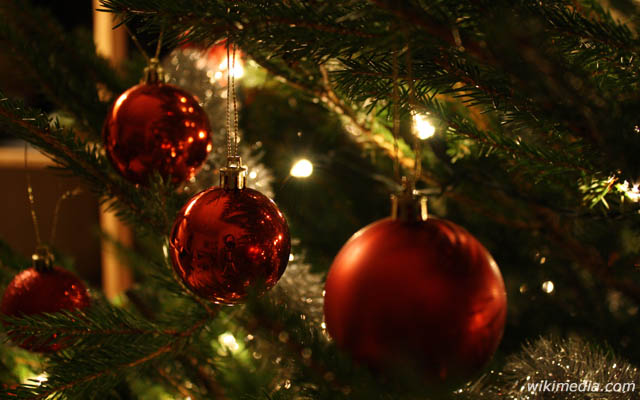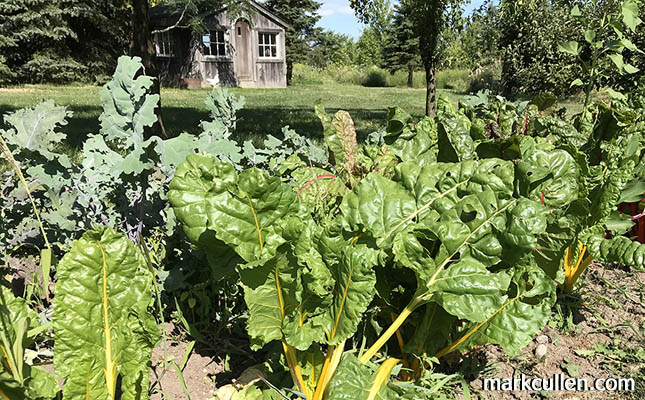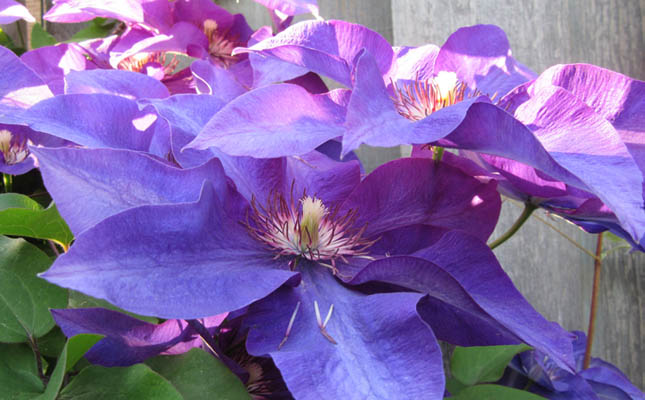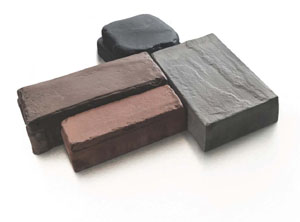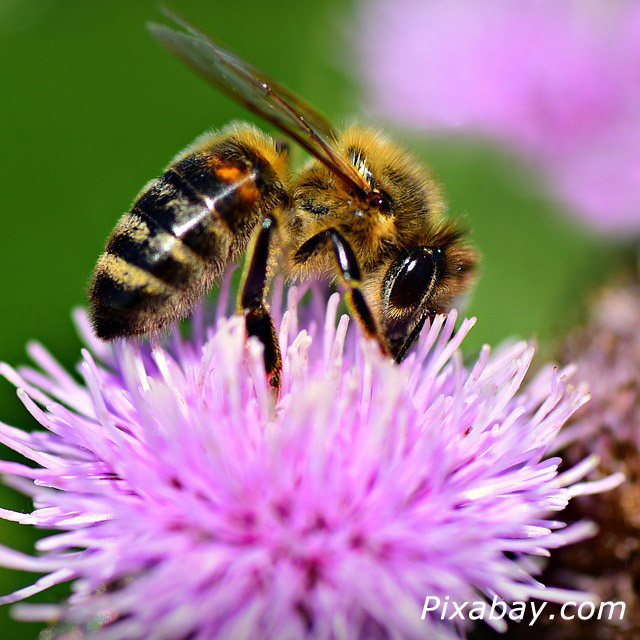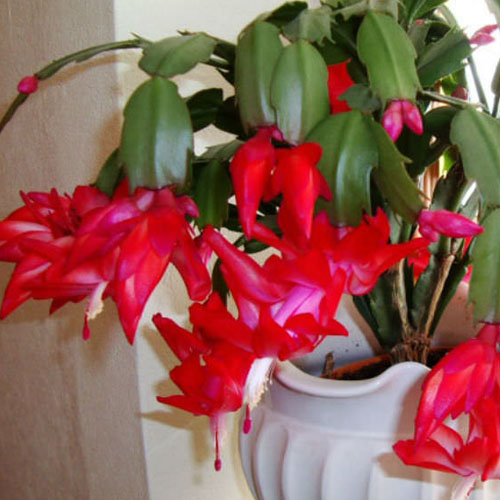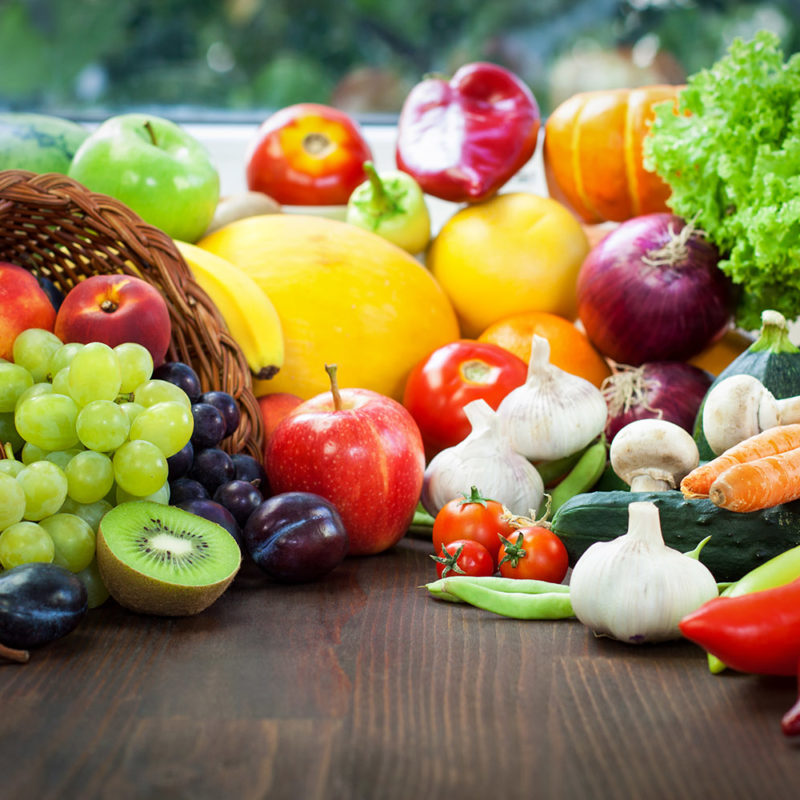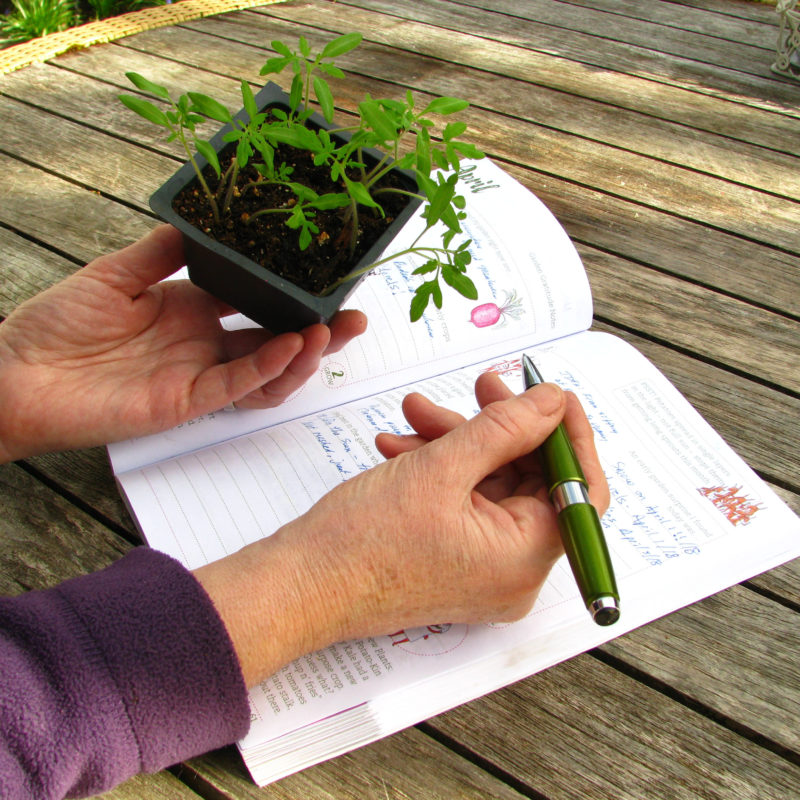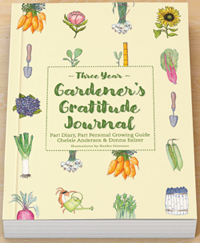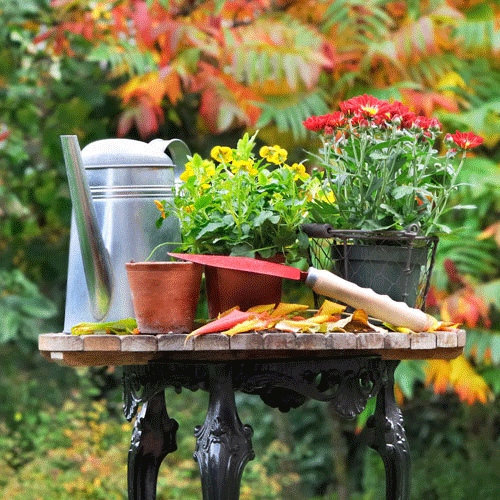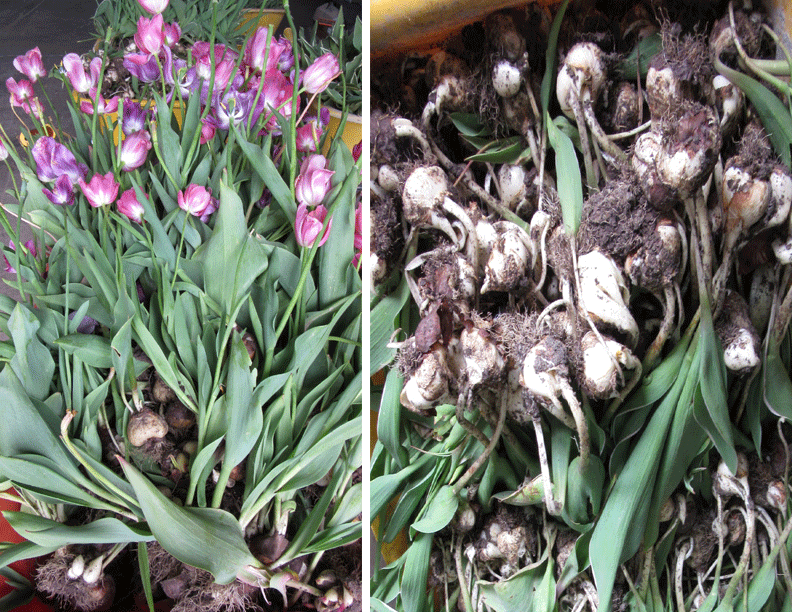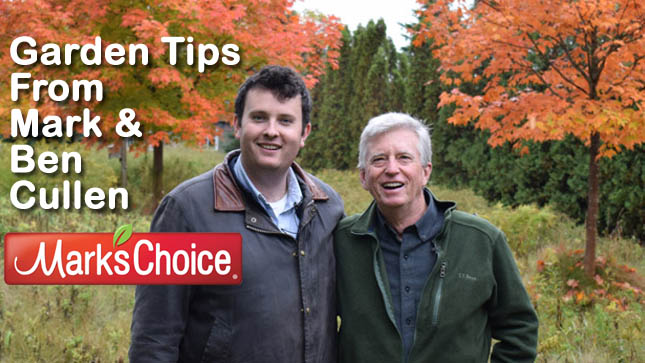
Every year we receive emails asking if we recommend the use of real trees vs. artificial for Christmas. This is an opportunity to finally set the record straight on this issue.
In our opinion, real Christmas trees are the winner, hands down. The fresh cut Christmas tree that you buy off the lot, or from a reliable retailer, is plantation grown, not cut from the wild. It is planted, nurtured, and harvested like any agricultural crop. This one, though, takes up to 10 years to produce a marketable specimen.
The tree that is planted in the ground is 3 to 4 years old at the time. Therefore, the tree that you buy may be up to 14 years old from seed germination to the day that you decorate it.
Fresh cut trees are, well, fresh. They are cut in late fall and trucked to retailers across the country in early November. They do not ‘dry out’ while they are outdoors but they can dry out in your home quite quickly, which is why it is important that you place your tree indoors only when you are ready to enjoy it and that you use a tree stand with a large water capacity and that you keep it filled with water.
The land on which Christmas trees grow (about 40,000 acres in Canada) is generally ‘marginally’ productive farmland. You would not want to grow a food crop on much of it as it is rocky, acidic and often hard to access. Deer and other wildlife forage through Christmas tree farms. They enjoy the protection that they provide, and many songbirds use the trees for nesting.
The Trees
Mark’s favourite cut Christmas tree is the Fraser fir (Abies fraseri). It has a lovely evergreen scent, the needles are soft to the touch, it holds moisture in its needles longer than most species reducing ‘needle drop’ which further prevents a lot of clogged vacuum cleaners around New Years.
His second favourite tree is the Balsam fir (Abies balsamea), for many of the same reasons he loves the Fraser, but the needles are shorter and therefore you won’t hang as many ornaments on it.
The Scots pine (not ‘Scotch’) (Pinus sylvestris) is a native of Scotland, with long, stiff needles. The trunk is often not straight, though a good specimen can be. Needle retention is average. A generation ago it was #1 on the market by far but now represents a fraction of it.
White spruce (Picea glauca) is a problem indoors. If you are going to bring one home for Christmas, do yourself a favour and keep it out of doors until a couple of days before Christmas and take it back out a couple of days afterwards. The needles drop like rain when they become dehydrated, which won’t take long.
We spray Wilt-Pruf on cut Christmas tree before we bring it indoors as this anti-desiccant helps to hold moisture in the needles, reducing needle drop and fire hazard.
For many Canadians, a fresh cut Christmas tree can be recycled by just leaving it at the end of your driveway for municipal services to pick it up. You paid for this service when you paid your taxes. Wise people take advantage of it. Much of that mulch is used in public parks in the spring to protect the root zone of permanent trees and shrubs.
So, fresh cut Christmas trees look good, smell nice, are environmentally the right choice, they produce jobs for Canadians and habitat for wildlife while growing.
We rest our case.
For more advice and answers to over 10,000 gardening questions sign up for Mark and Ben’s free monthly newsletter.
Article originally appeared in Reno & Decor December/January 2017

